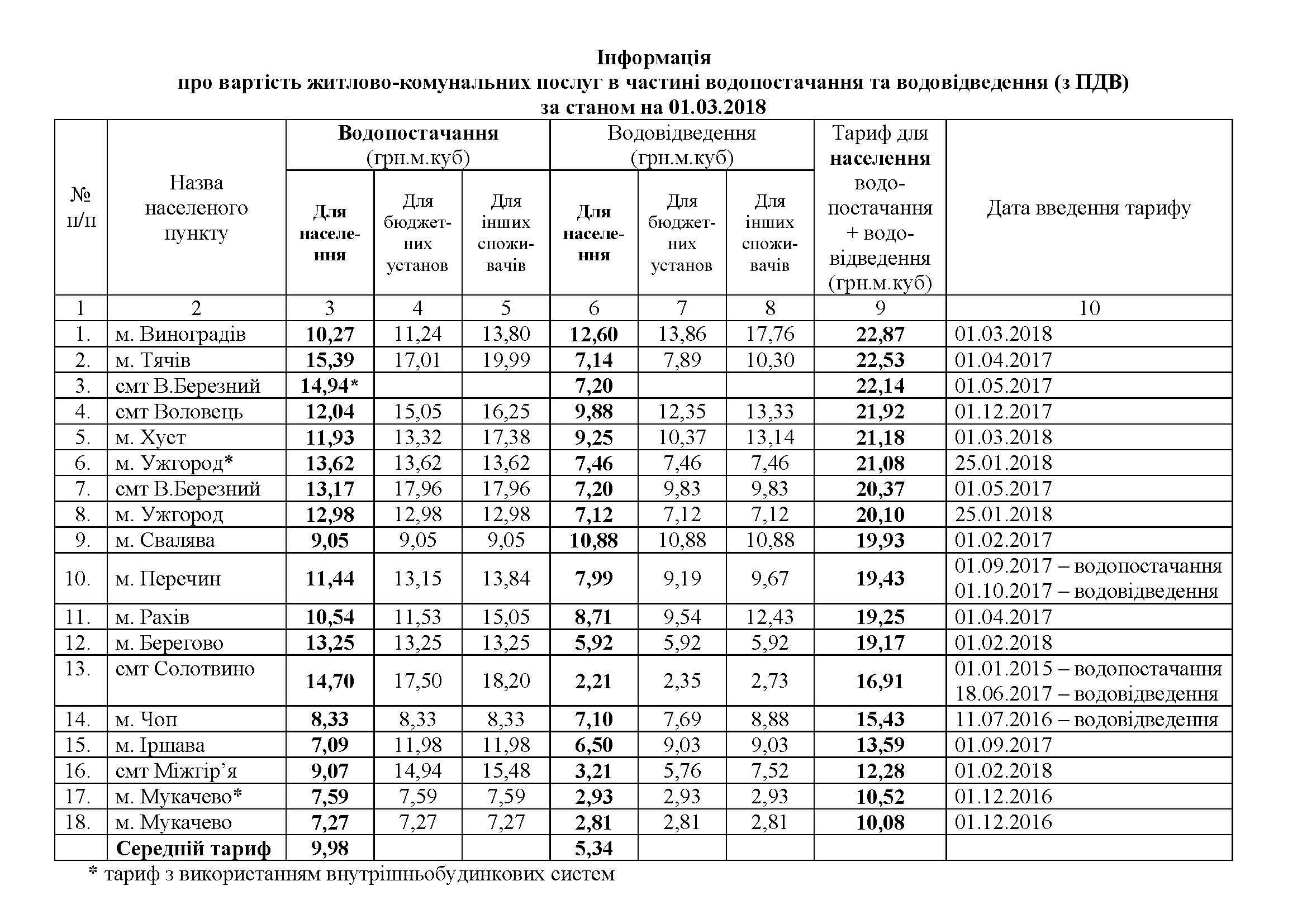Navigating The Chinese Market: Case Studies Of BMW And Porsche's Struggles

Table of Contents
BMW's Approach to the Chinese Market
Initial Success and Localized Strategies
BMW's early success in China stemmed from a proactive approach to localization. They understood that simply importing vehicles wouldn't suffice; they needed to adapt to the local market's specific needs and preferences. This involved:
- Localized Design: Adapting vehicle features and aesthetics to align with Chinese consumer tastes. This included offering models with longer wheelbases for increased rear passenger legroom, a highly valued feature in China.
- Domestic Manufacturing: Establishing manufacturing facilities within China reduced import costs and enabled quicker response times to market demands. This also fostered a positive perception of local investment and job creation.
- Targeted Marketing: Implementing marketing campaigns that resonated with Chinese culture and values. This involved utilizing local celebrities and tailoring messaging to appeal to specific demographic segments.
- Robust Dealer Network: Developing a wide and efficient dealer network across the country ensured accessibility and customer satisfaction.
Challenges Faced by BMW in China
Despite initial success, BMW faced numerous challenges in maintaining its dominance:
-
Intense Domestic Competition: The rise of strong domestic brands like BYD and NIO, offering competitive EVs and sophisticated technology, significantly impacted BMW's market share.
-
Shifting Consumer Preferences: A rapid shift towards electric vehicles (EVs) necessitated significant investment in EV production and infrastructure, putting pressure on existing internal combustion engine (ICE) vehicle sales.
-
Supply Chain Disruptions: Global supply chain disruptions, exacerbated by geopolitical factors, affected production and delivery schedules, impacting sales and customer satisfaction.
-
Regulatory Hurdles: Navigating complex regulations and government policies related to emissions standards, import tariffs, and vehicle safety standards posed continuous operational challenges.
-
Example: Supply chain issues during the pandemic led to production delays and decreased availability of certain BMW models, affecting sales figures and market positioning.
BMW's Response and Adaptation
BMW responded to these challenges through strategic adaptation:
- Massive EV Investment: Significant investment in electric vehicle production, battery technology, and charging infrastructure to cater to the growing EV market segment.
- Digital Transformation: Embracing digital marketing and online sales channels to reach a younger, tech-savvy customer base. This included developing robust online platforms for vehicle sales, servicing, and customer support.
- Strategic Partnerships: Collaborating with local Chinese companies to enhance supply chain resilience and leverage local expertise in technology and market insights.
- Enhanced Customer Experience: Focusing on providing an improved customer experience through enhanced digital services and personalized offerings.
Porsche's Strategy in the Chinese Market
Targeting the Luxury Segment
Porsche has strategically focused on the luxury segment, leveraging its brand prestige and exclusivity. This approach involves:
- High-Performance Models: Offering high-performance models that appeal to affluent consumers seeking exclusivity and driving excellence.
- Bespoke Services: Providing personalized services and experiences to cater to the discerning needs of luxury car buyers. This includes tailored concierge services, exclusive events, and personalized customization options.
- Strong Brand Image: Maintaining a strong and consistent brand image associated with luxury, performance, and heritage.
Challenges for Porsche in China
Porsche, despite its strong brand image, also faced challenges:
- Fierce Luxury Competition: Competition from established luxury brands like Mercedes-Benz and Audi, which also enjoy significant brand recognition and market presence, poses a constant threat.
- Economic Fluctuations: Economic downturns can significantly impact sales of luxury goods, making market stability a critical factor in successful sales projections.
- Import and Taxation: Navigating import regulations and taxation policies can impact profitability and pricing strategies.
- Shifting Consumer Preferences (Luxury EV Segment): Even in the luxury segment, the increasing demand for electric vehicles presents a significant challenge requiring adaptation and investment.
Porsche's Adaptation and Future Plans
Porsche's response involves:
- Expanding EV Lineup: Introducing a broader range of electric vehicles to cater to the growing demand for luxury EVs in China.
- Digital Customer Experiences: Investing in advanced digital technologies to enhance customer experience and engagement.
- Strategic Collaborations: Exploring strategic partnerships and collaborations to improve its local operations and understanding of consumer needs.
Key Differences in Strategies and Outcomes
BMW initially adopted a broader market strategy, focusing on localization and various vehicle segments. Porsche, conversely, concentrated on the luxury segment, prioritizing brand exclusivity. While both faced challenges from domestic competition and shifting consumer preferences, BMW's broader approach allowed it to adapt more rapidly to the EV market shift, while Porsche's focus on luxury remains a powerful differentiator, though it requires a significant investment in its EV portfolio to maintain its market position.
- BMW: Higher volume, greater market penetration, but also higher vulnerability to economic fluctuations.
- Porsche: Higher profit margins, stronger brand identity, but more limited market reach.
Lessons Learned for Entering the Chinese Market
Successfully navigating the Chinese market demands several key strategies:
- Deep Localization: Go beyond surface-level adaptation; truly understand Chinese culture, preferences, and consumer behavior.
- Adaptability and Agility: The market is dynamic; be prepared to adjust strategies based on changing trends and government policies.
- Strategic Partnerships: Collaborate with local companies to access expertise, resources, and navigate regulatory complexities.
- Supply Chain Resilience: Develop robust supply chains to mitigate disruptions and ensure production stability.
- Digital First Approach: Leverage digital marketing and online sales channels to reach a wide audience, and adapt to changing consumer behavior.
Conclusion: Navigating the Chinese Market – Key Takeaways and Call to Action
The experiences of BMW and Porsche highlight the complexities and opportunities of the Chinese automotive market. Mastering the complexities of the Chinese market requires a deep understanding of cultural nuances, consumer preferences, and regulatory landscapes. Successfully navigating the Chinese market requires a long-term commitment to localization, adaptation, and building strong relationships with local partners. Learn from BMW and Porsche's experiences when navigating the Chinese market and develop a robust strategy that accounts for both the potential rewards and the significant challenges involved. Don't simply aim to enter the market – aim to truly understand and master it.

Featured Posts
-
 Save Money On Gas This Memorial Day Weekend
May 23, 2025
Save Money On Gas This Memorial Day Weekend
May 23, 2025 -
 Tulsa King Season 3 A New Suit For Dwight Manfredi Set Photo Revealed
May 23, 2025
Tulsa King Season 3 A New Suit For Dwight Manfredi Set Photo Revealed
May 23, 2025 -
 Memorial Day Travel Good News On Gas Prices
May 23, 2025
Memorial Day Travel Good News On Gas Prices
May 23, 2025 -
 Pivdenniy Mist Aktualna Informatsiya Pro Remontni Roboti Ta Yikh Vartist
May 23, 2025
Pivdenniy Mist Aktualna Informatsiya Pro Remontni Roboti Ta Yikh Vartist
May 23, 2025 -
 Uncovering The Truth Kieran Culkin And The Michael Jackson Allegations
May 23, 2025
Uncovering The Truth Kieran Culkin And The Michael Jackson Allegations
May 23, 2025
Latest Posts
-
 The Jonas Brothers Joe Jonas His Response To A Couples Dispute
May 23, 2025
The Jonas Brothers Joe Jonas His Response To A Couples Dispute
May 23, 2025 -
 Can Jonathan Groffs Just In Time Performance Secure A Tony Award
May 23, 2025
Can Jonathan Groffs Just In Time Performance Secure A Tony Award
May 23, 2025 -
 Joe Jonass Reaction To A Couple Fighting Over Him
May 23, 2025
Joe Jonass Reaction To A Couple Fighting Over Him
May 23, 2025 -
 Joe Jonass Response To A Couple Fighting Over Him A Viral Moment
May 23, 2025
Joe Jonass Response To A Couple Fighting Over Him A Viral Moment
May 23, 2025 -
 Jonathan Groff Could Just In Time Lead To A Historic Tony Award Win
May 23, 2025
Jonathan Groff Could Just In Time Lead To A Historic Tony Award Win
May 23, 2025
